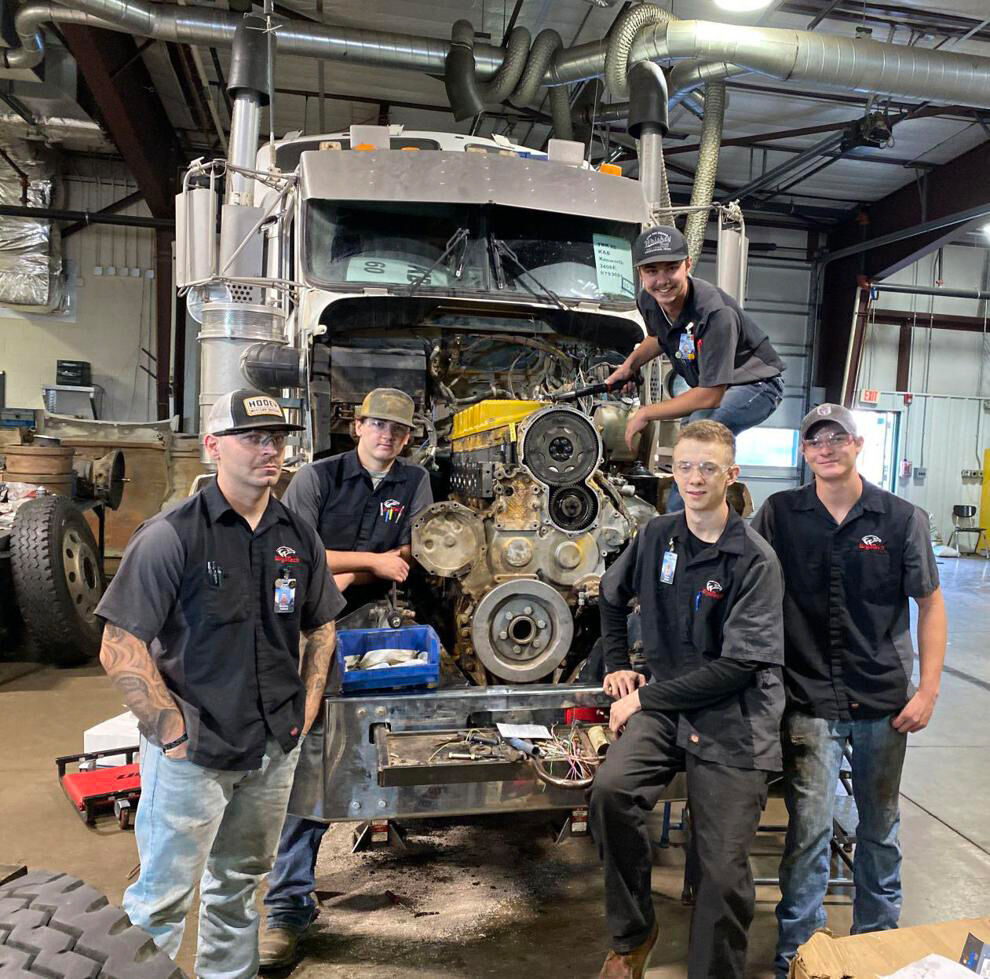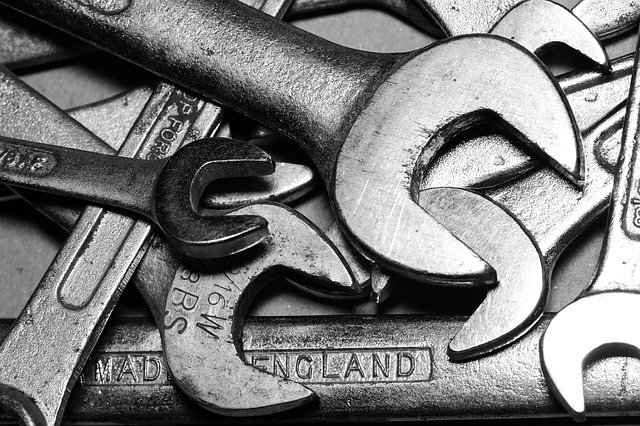
You can diagnose a leak by pulling your car from the garage. By placing a piece o white cardboard underneath the car, you can identify the source and the color of the fluid. You can compare your results to the chart below in order to identify the source of the leak. If you are unsure of the source of the leak, you can consult your owner's manual to determine what type of fluid is leaking.
Signs that a car is leaking are common
There are several indicators that your car has a leak. If you experience increased engine noise, it's worth checking the exhaust pipe. While a small exhaust leak might be harmless, a larger leak could lead to loud engine noise that echoes throughout the vehicle. During acceleration, the noise might get louder. You may have an exhaust leak if you hear the noise. Also, a leak in an exhaust pipe could cause the emissions test to fail.
Common leak sources
Leaks in a car are always a cause for concern, especially when they occur when driving. Cars require a variety fluids in order to function properly. If they aren't checked immediately, these liquids could easily leak. Below are some of the most common causes of car leaks. Antifreeze is one the most popular fluids. If it freezes in your engine, it can cause a leak in your car.
You can test drive your car to see if there is a leak.
You should test drive the car to make sure there is no leakage. It is essential to test-drive the car on a flat, long, uncrowded road. Try to keep the car in a straight line with your wheels pointed forward. Be attentive for any popping, crackling or creaking sounds coming from the car. If the noise doesn't stop, your vehicle might have a problem. If you are unsure, have your car professionally inspected. You should inspect the front-end, motor mounts and CV joints.

Use a pressure tester to find a leak
To find out if your cooling system is leaky, you can use a pressure tester. This device works by pumping air into the cooling system, simulating the expansion of the coolant when the engine heats up. The coolant expands and the pressure in the system increases, which can indicate a leak. Attach the tester to radiator top and pump the water until the gauge matches the pressure cap. Ideal pressure should rise by two to three psi, and fall by one-half inch.
FAQ
What does it take for a mechanic to be a good one?
Expert mechanics take years of practice and extensive experience. The best way to learn how to repair cars is by working under the supervision of a professional mechanic.
You will need to spend some time in a garage to learn as much about cars and mechanics as possible. You will need to read books on mechanical engineering and car design.
And you'll also need to attend auto school.
The most important thing to do is start early. Do not wait to learn automotive technology. If you want to qualify as a mechanic, get started now!
Is being an auto mechanic a promising career choice?
If you are determined to excel, the automotive industry offers many opportunities. It is important to work hard and learn as much from others as you can in order to succeed in this industry.
Because you will be spending most of your time communicating with customers and employees, you will need excellent communication skills. It's important to be flexible and willing to travel. This will make commutes difficult.
If you are interested in a career working in automotive, then consider attending classes at community colleges. Many schools offer programs specifically designed for students interested in auto repair, sales, or customer service.
If you decide to pursue a degree, you should study mechanical engineering. You can earn a bachelor's in as little four years.
In addition, many companies will hire graduates straight out of school. It's a smart idea to begin looking for work while you have the opportunity to study part-time.
After your education is complete, you will probably need some training in order to become an automotive technician.
This means you'll need pass exams like the Automotive Services Excellence (ASE), certification exam. This test covers topics including engine maintenance, brakes, steering systems, suspension, and more.
Once you have passed the ASE Test, you are eligible to apply for a National Institute for Automotive Service Excellence License.
A license permits you to repair private vehicles. In exchange, you'll receive compensation based on the number of services performed.
Not all states require licensing. However, if you plan to work outside your home state, you'll need to obtain a license.
Some states will not issue licenses until an individual has completed certain training. If this applies to you, then you may need to find another option.
How do I fix my car for a hobby?
Why not make it a hobby if you're interested in cars? You could learn how to repair them, buy parts for them, sell them or just enjoy them. This would be a wonderful hobby if you're looking to find something completely different.
However, it's not easy to turn this into a full-time career. It takes dedication and hardwork. You'll also need to invest a lot.
You might not have a compelling reason to get involved in the car industry.
Statistics
- 52% of Mechanics in the United States think their salaries are enough for the cost of living in their area. (indeed.com)
- There were 749,900 jobs available for automotive service technicians and mechanics in 2016, which is expected to grow by six percent through 2026. (jobhero.com)
- The U.S. Bureau of Labor Statistics (BLS) reports that the job outlook for automotive service technicians and mechanics is expected to decline by 4% from 2019 to 2029. (indeed.com)
External Links
How To
How to correctly diagnose your vehicle for repairs
Before you can determine if your car requires repairs, it's important to first analyze the symptoms. You can then follow these steps for a proper diagnosis of your vehicle.
-
Check engine lights. The dashboard light indicators, including the engine light, oil pressure gauge, battery light indicator, coolant temperature gauge and RPM gauge, should be checked. If any of them have been flashing for several days, it may mean something is wrong with your vehicle.
-
Check the treads of your tires. Tires that are worn can cause issues with handling and braking. The treads of the wheels should be inspected as well. They should look clean and be smooth. The best way to do this is to remove the wheels and take them off. You can check the tread wear with a flashlight.
-
Monitor the level and consistency of your brake fluid. Keep track of the brake fluid level in your vehicle. You can ensure that your brakes are working properly by monitoring the level of brake fluid in your vehicle. Your brakes may fail if the brake fluid level drops.
-
The suspension system should be tested. The suspension system in vehicles absorbs vibrations and shocks. It allows for better control, smooth acceleration, and deceleration. It might feel uncontrollable or wobbly if your vehicle is suffering from a suspension problem. If you are unsure if your vehicle is suffering from a suspension problem, put weight on the front and rear axles to check the movement.
-
Examine the steering column. The steering columns are what connect the steering knob to the rest. Steering columns can be damaged by accidents. If yours feels loose or shaky, you should replace it.
-
Pay close attention to the exhaust tube. The exhaust pipes transport gases from the combustion chamber to outside. If your exhaust pipe leaks or cracks, it will allow harmful fumes into your cabin. It is also important to repair any bends in your tailpipe immediately.
-
Take a look under your hood. Check under your hood for any unusual or missing components. Your engine could be leaking fluids. You should also contact a professional technician if there is an unusual odor coming from the engine compartment.
-
Check the air filter. The outside environment collects dust and other particles in the vehicle's filter. Vehicles that have a dirty air filter will not run well. Replace your air filter regularly.
-
Check the fan belt. Your vehicle's fanbel is what connects the engine and the transmission. If the fan belt is damaged, the engine won’t turn. The process of replacing the belt is straightforward. All you need are a screwdriver & pliers.
-
Make sure you inspect the radiator hoses and hoses. The radiator hose carries water from the radiator to the engine. It can cause hot liquid to leak onto the engine if it is damaged or cracked. To repair the hose, you will only need to use a pair needle-nosepliers and a wire brush.
-
The windshield wipers should be checked. Windshield wipers use electricity for snow and rain removal. If they stop working, streaks could be left on your glass. You can fix the problem by changing the washer fluid.
-
You should inspect the cables. Batteries provide power to electrical systems inside your car. When you replace batteries, make sure to disconnect the negative cable first. Failure to do so can damage your alternator.
-
You should check the headlights. Headlights help you see the road ahead. It can lead to poor visibility if they aren't working properly. Check the bulbs to see if they've burned out.
-
Pay attention to the lights. When you approach them at night, the lights warn other drivers. You may be distracted by the light and end up in an accident.
-
Inspect your brakes. Before you collide with another vehicle, brakes will slow down the car. You could lose control of the car and cause a crash if they don't work properly.
-
Change your oil. Keep your engine lubricated with oil. This oil helps to prevent metal parts becoming too worn out. Changing the oil every month is recommended.